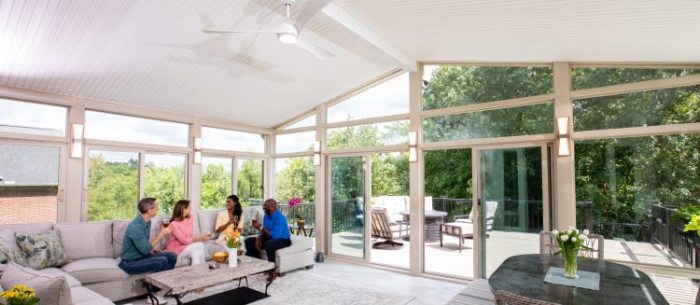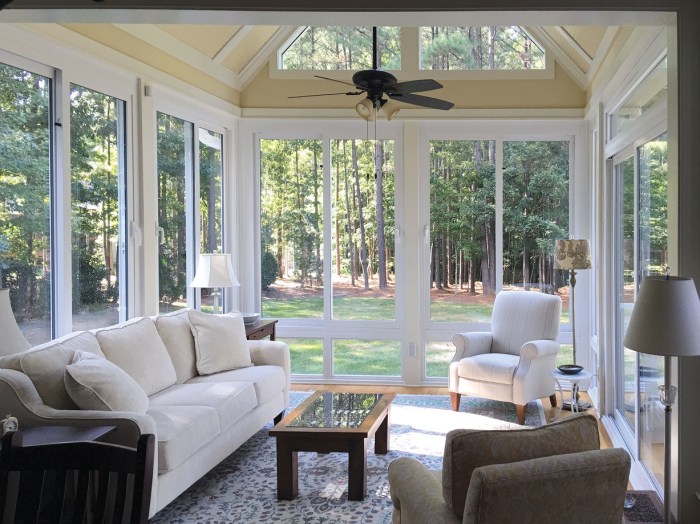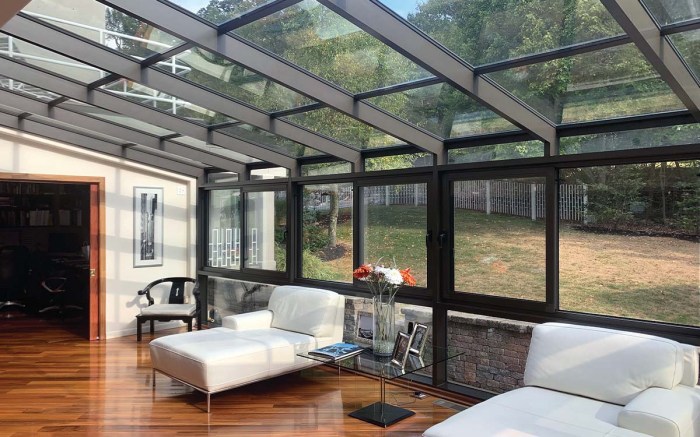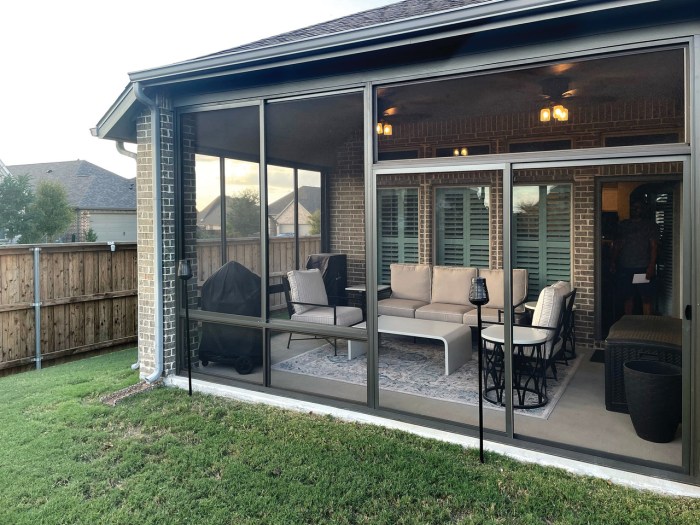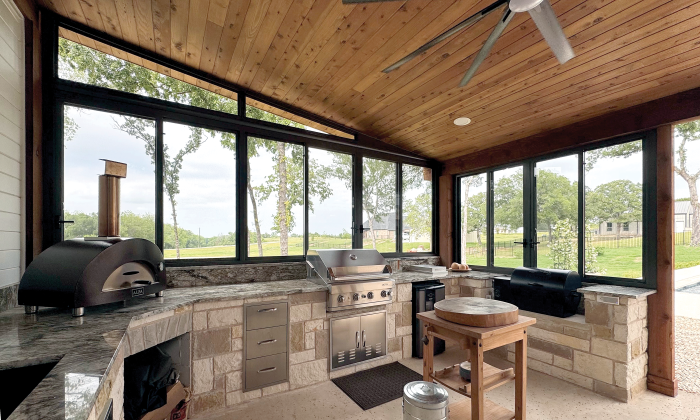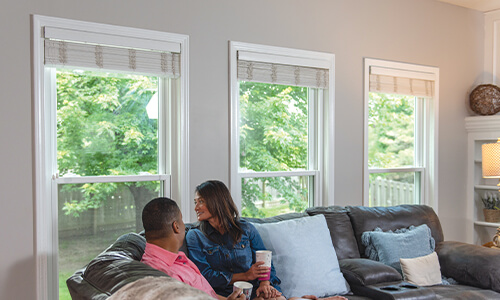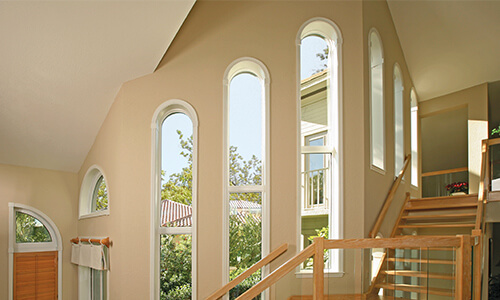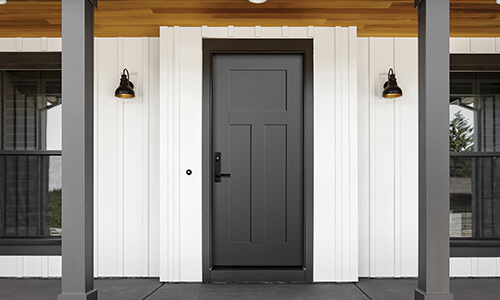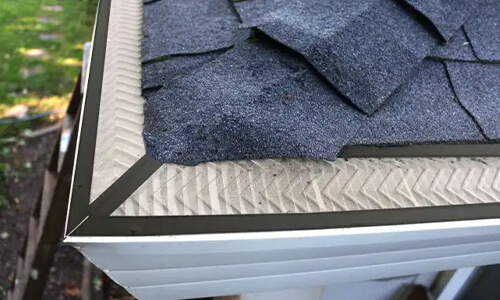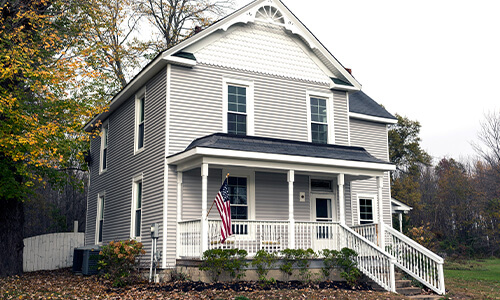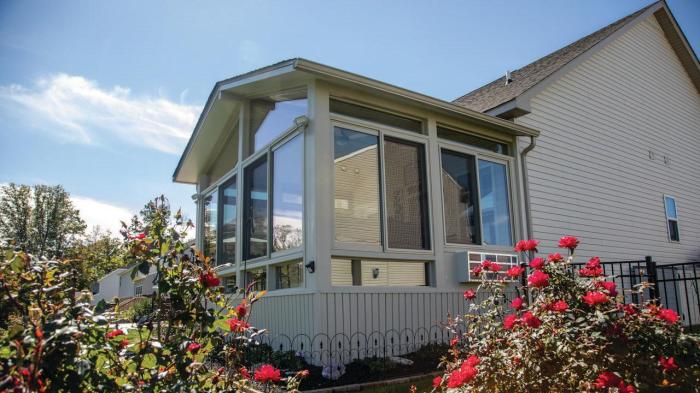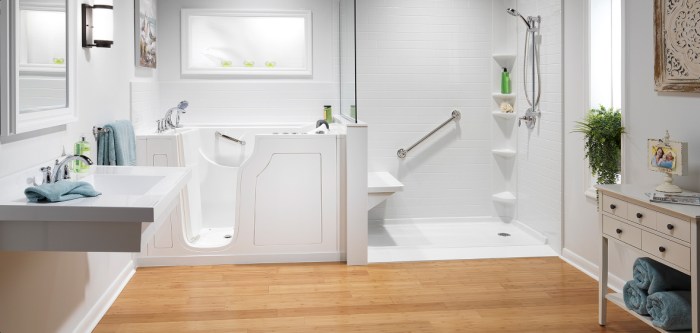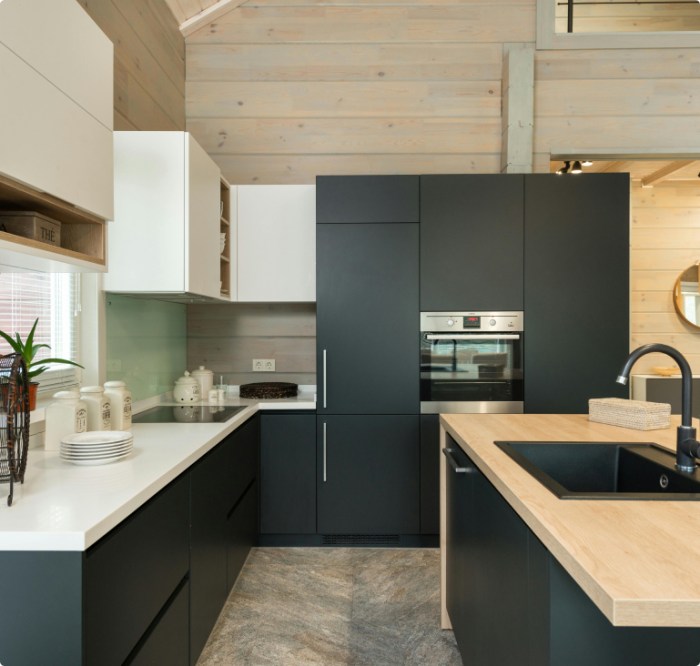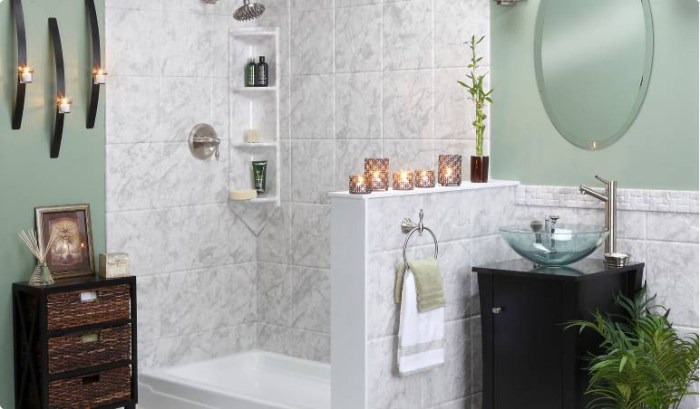Nearly every homeowner has faced the temptation: that too-good-to-be-true price tag on flooring, cabinets, or replacement windows. And it’s only natural to want to hit that “buy now” button. After all, who doesn’t love a good sale?
The promise is simple—save now, and your home will look brand new. But a year or two later, the finish starts peeling, the drawer slides jam, or the “energy-efficient” windows no longer seal properly. What seemed like a smart deal becomes a costly redo.
The truth is, cheap home improvement products often cost more in the long run—not just in money, but in time, stress, and satisfaction. What’s worse? Many are intentionally designed to fail faster than they should, leaving homeowners caught in a frustrating cycle of repair and replacement.
Let’s explore why these renovation fails happen, how to spot low-quality materials, and what to look for when investing in products designed to last.
Why Renovations and Home Improvement Products Fail
Even with the best intentions, many home renovations don’t stand the test of time. Whether it’s a misstep in planning, poor installation, or products built to wear out quickly, the underlying cause usually comes down to one thing: cutting corners.
Cheap Products Are Often Built to Wear Out
You’ve probably noticed how some home improvement products (like appliances, furniture, and flooring) just don’t seem to last as long as they used to. That’s not your imagination. In the last few decades, manufacturers have started using cheaper materials and less durable finishes to make their pricing more competitive.
Think particleboard instead of solid wood, laminate instead of real veneer, or bargain hardware that rusts or bends under regular use. These shortcuts may not be visible at first, but they reveal themselves over time through fading, warping, or by simply falling apart.
And when it comes to your home—the place you rely on for safety and comfort every day—these “budget” materials can quickly become liabilities.
Planned Obsolescence in Home Improvement
What is planned obsolescence? It might sound like a fancy term, but it’s likely something you encounter on a regular basis.
Planned obsolescence is a business practice where products are intentionally designed to wear out or become outdated sooner than necessary, encouraging consumers to buy replacements more often. You’ve likely seen it with smartphones that slow down after a few years or appliances that break just after the warranty expires.
Unfortunately, this same concept has crept into home improvement products, too. Some manufacturers cut costs by using materials or components that simply aren’t built to last—like flooring that wears through after a couple of years, hardware that corrodes under normal use, or washing machines that break sooner than you might like.
The result? Homeowners end up making repairs or repurchasing altogether long before they expected to. What might look like a great deal upfront often becomes an expensive cycle of replacements.
Check out these other home renovation mistakes to avoid >
Poor or Rushed Installation
We’ve mentioned that manufacturers often cut corners to keep their pricing competitive. Unfortunately, some contractors have followed suit.
Even the best materials can’t overcome a poor installation. Inexperienced or rushed contractors may skip crucial steps—like leveling subfloors, sealing edges, or properly flashing windows. All of those mistakes can lead to leaks, drafts, and other preventable problems.
Professional installers take time to prep, measure, and verify every detail. They don’t just make your home look good—they ensure it performs well for years to come.
If you’re wondering what separates a great install from a bad one, read more about the characteristics of a professional installation.
Cutting Corners on Planning and Prep
Many home renovations fail before any tools come out. Skipping the design phase, underestimating materials, or neglecting to account for your home’s unique layout can all lead to disappointing results.
For example, buying materials before finalizing measurements or selecting finishes based solely on appearance can often lead to expensive redos. Taking time to plan well upfront is one of the smartest (and least costly) ways to avoid renovation regret.
See the difference quality makes—browse our real project galleries and start planning your long-lasting remodel. → Project Galleries
The Real Cost of Home Improvement Fails
A “cheap” renovation can end up being one of the most expensive decisions a homeowner makes. Of course, you might spend money unnecessarily—but you’ll also pay in wasted time, stress, and negative environmental impacts.
Wasted Money and Materials
Replacing failed materials or redoing poor installations eats away at your savings fast. Consider this: spending 20% more on a quality product can extend its lifespan by 10 years or more. That’s not an expense—it’s an investment in the future of your home.
When comparing prices, look beyond the sticker. Evaluate warranty terms, maintenance requirements, and expected lifespan. A professional-grade product may cost more upfront but saves thousands over time.
Stress and Disruption for Homeowners
Money isn’t the only cost. Living through repeated repairs or replacements is emotionally and logistically draining. Rearranging your schedule, cleaning up dust (again), and losing the enjoyment of your home adds up.
A failed project doesn’t just affect your space—it affects your peace of mind.
A Negative Environmental Impact
Cheap home renovations aren’t just wasteful for your family. They’re also unsustainable for our planet.
Low-cost home improvement projects create 60 pounds of waste per square foot on average. Those cheap materials often end up in landfills, which can lead to environmental hazards like land degradation and soil and groundwater contamination.
The construction process itself also requires a significant amount of energy, from the manufacturing process to the electricity and chemicals that are often involved in installation. So when you’re replacing things in your home every few years, you’re also using up more energy than you would if you installed more quality items every few decades.
Common Renovation Mistakes to Avoid
Even well-meaning DIYers or homeowners working with contractors can make mistakes that shorten the lifespan of their renovations. Here are a few of the most common issues to avoid.
Bad Measurements
“Measure twice, cut once” is a well-known saying for a reason. Miscalculating your home’s dimensions lead to ill-fitting fixtures, wasted materials, and visible flaws that are difficult to fix later.
Overly Trendy Design Choices
A design that looks great on social media today may feel dated next year. Trend-driven choices—like ultra-specific tile patterns or bold cabinet colors—can limit resale value and owner satisfaction. Instead, balance timeless design with small, interchangeable details that let you refresh your look over time. Think wall art, throw pillows, and bedding that can be swapped out with ease.
Buying Materials Before Planning
One of the most common home renovation mistakes to avoid? Impulse-buying materials that are on sale before finalizing your design. The dimensions, colors, and finishes you buy on a whim may not align once your full plan is in place. Always plan first, purchase second.
Biting Off More Than You Can DIY
Do-it-yourself projects can be rewarding—but only if you’re honest about your skill level and the project’s complexity. Tasks like electrical work, waterproofing, or window installation demand precision and experience. When in doubt, consult a professional to avoid costly redos or safety risks.
Contractor Fails to Watch Out For
Choosing the wrong contractor can undo even the best design or product choices. Here are a few of the biggest warning signs to look for.
Red Flags During the Quote Process
If a contractor’s estimate seems unusually low, that’s often a bad sign. They may be using subpar materials, skipping necessary prep work, or underestimating labor time to win the job.
Look for transparency in estimates: realistic timelines, financing options, warranty info, and a detailed scope of work. If anything feels vague, ask questions until you’re confident.
Short Warranties and Lack of Accountability
A reputable contractor stands behind their work. Short or unclear warranties, a lack of references, or avoiding written agreements all suggest potential issues.
A trustworthy company provides clear guarantees, and has a proven track record of making things right if something goes wrong. It’s always okay to ask for examples during the vetting process! Make sure you understand how your contractor has dealt with delayed timelines, faulty materials, or incorrect installs in the past.
Learn more about how to choose the right home improvement company.
How to Prevent a Renovation Fail
Avoiding a failed renovation comes down to three essentials: the right products, the right people, and the right process.
Choose Durable Products That Are Built to Last
When you’re shopping for renovation supplies, look for materials that are designed for long-term performance—like fiberglass windows, solid-core doors, or composite siding engineered for your region’s climate.
Also consider energy efficiency. Products that conserve heat, air, and moisture over time pay for themselves in lower utility bills. Learn more about what pays off the most when it comes to energy efficiency in renovations.
Ensure Professional Installation
Even the most durable materials can fail prematurely if they’re not installed correctly. Skilled installers know how to prepare the worksite, seal properly, and follow manufacturer specs to protect your warranty.
It’s worth the peace of mind knowing your investment is handled by pros who care as much as you do about lasting results.
Work With a Trusted Home Improvement Company
A reliable home improvement company does more than sell products. They provide guidance from consultation through completion. They’ll help you choose solutions that fit your home’s needs, your budget, and your long-term goals. And most importantly, they come highly recommended by hundreds of happy customers.
If you’re ready to start planning your project with a company who cares about your home just as much as you do, get a quote to discover how Great Day Improvements can support your unique vision.
The Great Day Improvements Difference
At Great Day Improvements, we’ve built our reputation on quality that lasts. From your first remodel to future upgrades, we’re here to meet your home’s evolving needs—with expert craftsmanship and durable solutions built to look great and last a lifetime.
Backed By Decades of Expertise
With decades of experience designing, manufacturing, and installing custom home improvement solutions, we’ve seen firsthand what makes a renovation succeed (or fail). Our approach combines durable materials, expert craftsmanship, and end-to-end service to ensure every project performs beautifully for years.
Product Team Insight: Designed to Last
Every product we install—from windows and doors to sunrooms and siding—is engineered for longevity. Our teams don’t just meet industry standards. They exceed them through rigorous testing, innovation, and real-world feedback.
We believe your home should be a source of comfort, not constant maintenance. That’s why our work is designed around real homeowner needs—beauty, efficiency, and performance that endures.
To see how quality craftsmanship and thoughtful design can transform your home, explore our project galleries.
One Last Thought
Cheap home improvement products can seem like a shortcut—but they often lead to long-term frustration and expense. Choosing quality materials, skilled installation, and a trusted improvement partner ensures your investment pays off for years, not just seasons.
The next time you’re faced with a bargain option, remember: the true cost of a renovation isn’t what you spend today. It’s how long your results last tomorrow.
Ready to avoid costly mistakes? Explore durable, professional solutions with Great Day Improvements. → Get a Quote
Frequently Asked Questions (FAQs)
Why do some home improvement products fail so quickly?
Many low-cost products are made with cheaper materials or designed using a concept called planned obsolescence—meaning they’re built to wear out sooner. This allows manufacturers to sell replacements more often, leaving homeowners to pay more over time through repairs and replacements.
How can I tell if a home improvement product is poor quality?
Look for warning signs like short or unclear warranties, lightweight or flimsy materials, poor finishes, and vague installation instructions. Reading verified product reviews and consulting with a professional installer can also help you spot products that won’t hold up.
What’s the long-term benefit of choosing higher-quality materials?
High-quality, professionally installed materials last longer, perform better, and often come with stronger warranties. They also improve energy efficiency, reduce maintenance costs, and boost your home’s resale value. Learn more about what adds the most value to your home in a remodel.
How can I avoid common renovation mistakes?
Start by planning your project thoroughly before buying materials or committing to a design. Always measure carefully, prioritize functionality over fleeting trends, and know your limits when it comes to DIY. For more tips, check out our guide on home renovation mistakes to avoid.
What should I look for when hiring a home improvement company?
Choose a company that’s transparent about pricing, offers detailed estimates, provides strong warranties, and has a solid reputation for quality work. A trusted partner like Great Day Improvements offers all of that and more. Get a quote today to start your project with confidence.






















